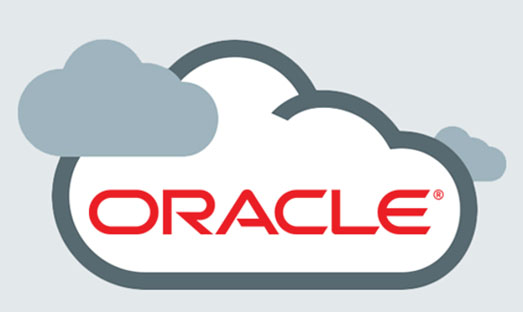Moving To Oracle ERP Cloud Benefits
-
February 11, 2020
- Posted by: Shashi Ranjan
- Category: Oracle ERP Cloud
No Comments

- February 11, 2020
- Posted by: Shashi Ranjan
- Category: Oracle ERP Cloud

Enterprise resource planning applications/ ERP applications in the cloud offer a faster time to value, increased innovation, and the scalability with the business. ERP cloud solutions have matured rapidly in the recent years. Today, even the core transactional processes in finance and procurement can be supported in a way that is suitable for the most organizations. This leads to greater value and opens the new business opportunities as described in the following cases based on real-live customer engagements.
A medium-sized public sector organization had adopted several ERP applications (Enterprise resource planning applications) over the last eleven to 15 years. This environment became increasingly customized. The result was that the cost of maintaining this environment had increased over the years and upgrades were mostly executed out of the technical need and not functionality driven. Given the size of the organization and its functionality requirements, the cost of an ERP in the cloud was lower than maintaining the existing applications. In addition, the cloud functionality was richer.
Benefit OF Moving To Oracle ERP Cloud
1. Leading Product Capabilities
For the third consecutive year, Gartner has named Oracle Cloud ERP a Leader in its 2019 Magic Quadrant for Cloud Core Financial Management Suites for Midsize, Large and the Global Enterprises. Oracle ERP Cloud is a Leader due to its broad and the deep financial management capabilities, international capabilities, and strategic focus on selling and marketing the solution in all regions.
Additionally, Gartner’s Critical Capabilities report the rated Oracle ERP Cloud above the average in all areas of functionality citing improved year-over-year scores in the financial analytics and reporting, accounts receivable, and general ledger coding structures.
2. Lower TCO
One of the main reasons for moving any process or application to the cloud is reducing the costs. Moving to the Oracle ERP Cloud is much more cost-effective than on-premises counterparts.
Looking at software, hardware, personnel, and training costs over a three-year period, Nucleus Research identified that, on average, initial costs for on-premises ERP were 2.4 times higher than Oracle ERP Cloud.
3. A Complete Solution
ERP systems cover a number of the back-office processes that are critical to your business. Moving to the Oracle ERP Cloud enables you to deliver all the capabilities according to the needs of your business. Using Oracle ERP Cloud(enterprise resources planning cloud), you can transform the following processes:
- Financials
- Revenue management
- Accounting
- Project management
- Procurement
- Risk management
- Order management
- Inventory
4. Continuous Innovation
Emerging technologies like blockchain, artificial intelligence (AI), machine learning (ML), cognitive computing, intelligent process automation, and the Internet of Things (loT) are set to transform finance.
The Oracle ERP Cloud is updated every quarter with the latest emerging technologies, use the cases, and the best practices built into the software ensuring that it’s always up to date. In Oracle’s ERP trends report, 79% of Finance leaders cited the ability to stay current as of the top benefit of Oracle ERP Cloud. Organizations mainly moved to the cloud for the economic benefits but once they moved to the cloud, the competitive advantage offered by new technology outweighed everything else.
5. Global Presence
The ability to do the business in multiple languages, across many countries, and comply with the regulations in every region, is critical for a global organization. Oracle ERP Cloud combines the power of a global ERP suite (enterprise resources planning suite) with the transactional and reporting capabilities across a range of business flows and countries. This is especially important for the global enterprises.
6. Deeper Insights
Oracle ERP Cloud can pull the important data together from a wide range of sources, helping your decision-makers easily understand it using an intuitive analytics dashboard. When you’re able to combine data from multiple applications, you can get deep, valuable insights that can help you make informed decisions, faster.


